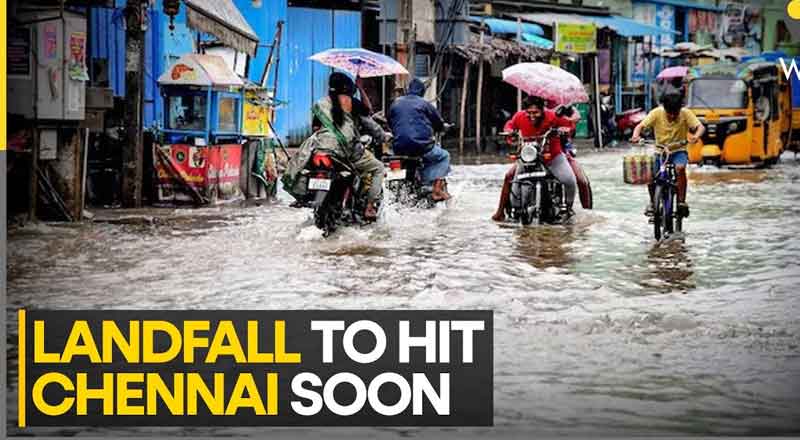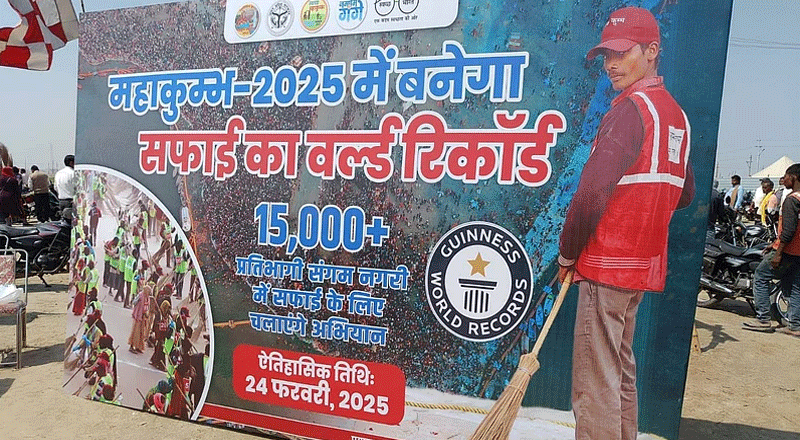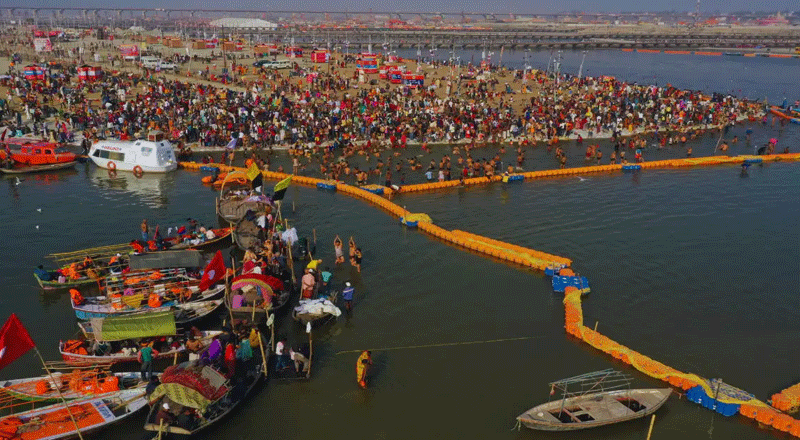A Weather Challenge for Coastal Communities
The Indian Meteorological Department (IMD) has issued a cyclone warning for the coastal regions of North Tamil Nadu, Puducherry, and South Andhra Pradesh. A deep depression in the Bay of Bengal is expected to intensify into a cyclonic storm by Friday, November 29, posing a significant threat to the region. This alert has set disaster response mechanisms in motion, highlighting the preparedness of national agencies and the resilience of local communities.
Cyclone Path and Expected Impact
The IMD predicts the cyclone will make landfall between Karaikal and Mamallapuram on Saturday, November 30, during the afternoon. Wind speeds are projected to reach 70–90 km/h, accompanied by heavy to very heavy rainfall across more than 20 districts in Tamil Nadu.
A red alert has been issued for Chennai and nearby districts on Saturday, with rainfall likely to extend into Sunday and Monday in some areas. This prolonged weather event could exacerbate challenges in low-lying regions prone to flooding, emphasizing the importance of timely interventions and coordinated disaster management efforts.
Preparedness Measures by Navy, Coast Guard, and NDRF
Recognizing the potential severity of the storm, multiple agencies have activated disaster response protocols.
Indian Navy:
- The Eastern Naval Command, along with the Tamil Nadu and Puducherry Naval Area Headquarters, has launched comprehensive disaster response measures.
- Naval personnel, equipped with inflatable Gemini boats and helicopters, are ready for search and rescue operations.
- Warships carrying essential supplies such as food, water, and medical kits are on standby to deliver relief where needed.
Indian Coast Guard (ICG):
- The ICG has been broadcasting weather advisories to seafarers, urging fisherfolk and other maritime operators to return to safe harbours.
- Disaster relief teams have been deployed strategically in Chennai, Puducherry, Karaikal, and Tuticorin to respond swiftly to emergencies.
- High alert status has been maintained for ICG ships and aircraft, ensuring rapid response to distress calls.
National Disaster Response Force (NDRF):
- The NDRF has pre-positioned eight specialized teams across Tamil Nadu’s coastal districts.
- These teams are trained to handle rescue operations and provide immediate relief, ensuring minimum disruption to affected populations.
Challenges Ahead: Managing Rainfall and Infrastructure
The cyclone’s expected trajectory and associated heavy rainfall could disrupt daily life and damage essential infrastructure. Coastal areas, including fishing villages, ports, and oil rigs, are at risk of severe impact from rough seas and strong winds.
The coordinated efforts by disaster response agencies focus on minimizing such risks through proactive communication and efficient deployment of resources. Regular updates and close coordination with local authorities are ensuring readiness at every level.
A Community Effort: Strength in Unity
While the cyclone presents significant challenges, the strong collaboration between national agencies, state authorities, and local communities reflects a robust approach to disaster management. Early warnings have allowed fisherfolk and coastal residents to seek safety, and preparatory actions by the Navy, ICG, and NDRF have bolstered confidence in the region’s capacity to handle the storm’s impact.
Resilience in the Face of Nature’s Test
The cyclone alert for North Tamil Nadu, Puducherry, and South Andhra Pradesh is a reminder of the unpredictable power of nature. However, the region’s preparedness, bolstered by the efforts of the Indian Navy, Coast Guard, and NDRF, showcases the nation’s resilience and commitment to safeguarding its people.
As the storm approaches, the coordinated response serves as an example of how proactive planning and community awareness can mitigate the effects of natural disasters. With these measures in place, the affected regions are better positioned to weather the storm and recover swiftly, highlighting the strength and unity of India’s disaster management framework.
(With inputs from agencies)





